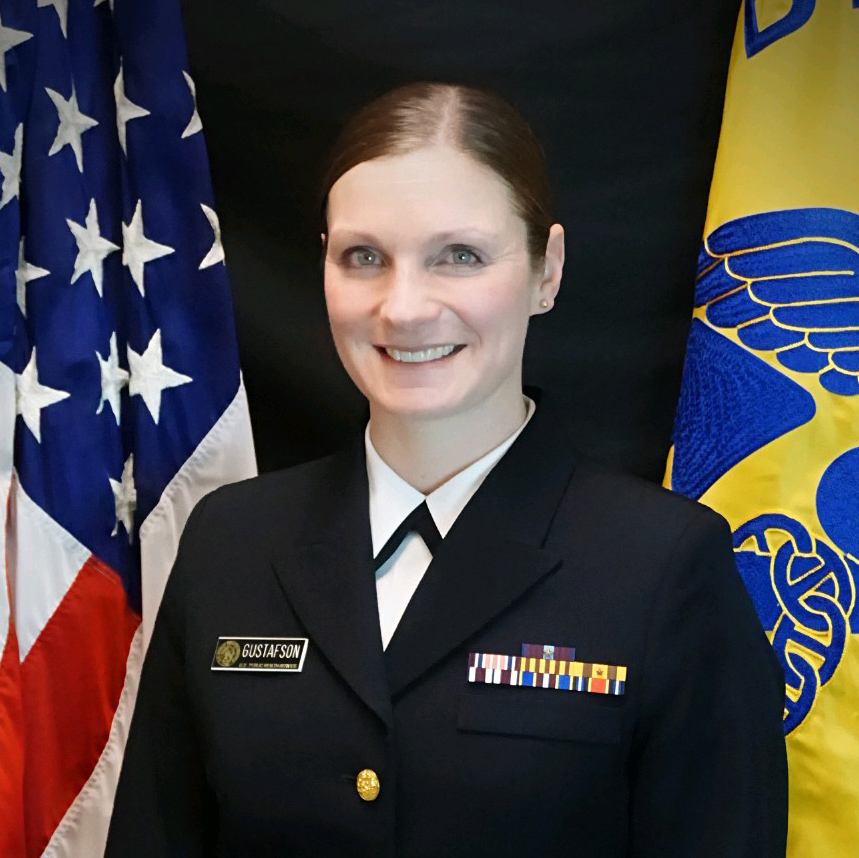International Overdose Awareness Day is held annually on August 31 to raise awareness about prescription opioid overdose risk and provide information on available community services and preventing drug-related harm. It also acknowledges the grief felt by families and friends that have lost loved ones to overdose. In the last few years, and amidst the COVID-19 pandemic, many sources have reported an increase in overdose deaths. In fact, the CDC reported that 81,000 drug overdose deaths occurred in the United States from June 2019 to May 2020. This is the highest number of overdose deaths in a 12-month period, and illustrates the need for intervention.
I am moved by some of the family members who come to our hospital. “I never thought I’d be here.” This is what a family member said to me repeatedly when sharing her story. She had witnessed a loved one overdosing a few days earlier and was needing naloxone, a medicine that rapidly reverses an opioid overdose, to have on-hand so that she could help should they overdose again. I was truly inspired by her courage. I knew others in the community may also be in need.
The Red Lake Hospital started its naloxone outreach initiative in 2014. Emergency medical technicians and public safety led the way with the use of nasal naloxone in the field to reduce response times and save lives. Soon after, there was an outpouring of interest from tribal service providers, businesses, schools, and community members to receive naloxone training to respond to opioid overdoses. As of June 2021, a total of 1,059 community first responders have been trained, many of which continue to share their knowledge at outreach events and community gatherings. Increased access to naloxone was a first step in the overall goal of Red Lake’s strategy: ‘it takes a community to heal a community.’
The start of 2020 brought new challenges across much of the country with the onset of shelter-at-home orders. Many people that needed access to chemical dependency services experienced reduced recovery supports, which can often fuel substance use. Red Lake has addressed this head-on through emergency department interventions, increased collaboration with the healing to wellness court in Red Lake, and through the creation of a hospital-based recovery care team. All of these efforts helped us to truly reach people where they’re at to reduce drug-related harm.
We continue to ask ourselves, “how can we meet people where they’re at?” Our answer is “by keeping our hearts and minds open!” At Red Lake, we’ve offered drive-up naloxone training, naloxone distribution via community meetings, expansion of virtual train-the-trainer programs, and post-overdose care coordination in the emergency department. These efforts create opportunities to save lives. They start with you, and your willingness to listen and act. I challenge you to initiate conversations within your communities, facilities, and teams to find new ways to expand access to care and prevent opioid overdoses.
Please visit the IHS opioid use disorder and pain website for more information about the IHS opioid strategy, training opportunities, and the IHS National Committee on Heroin Opioids and Pain Efforts.
Related Content:



